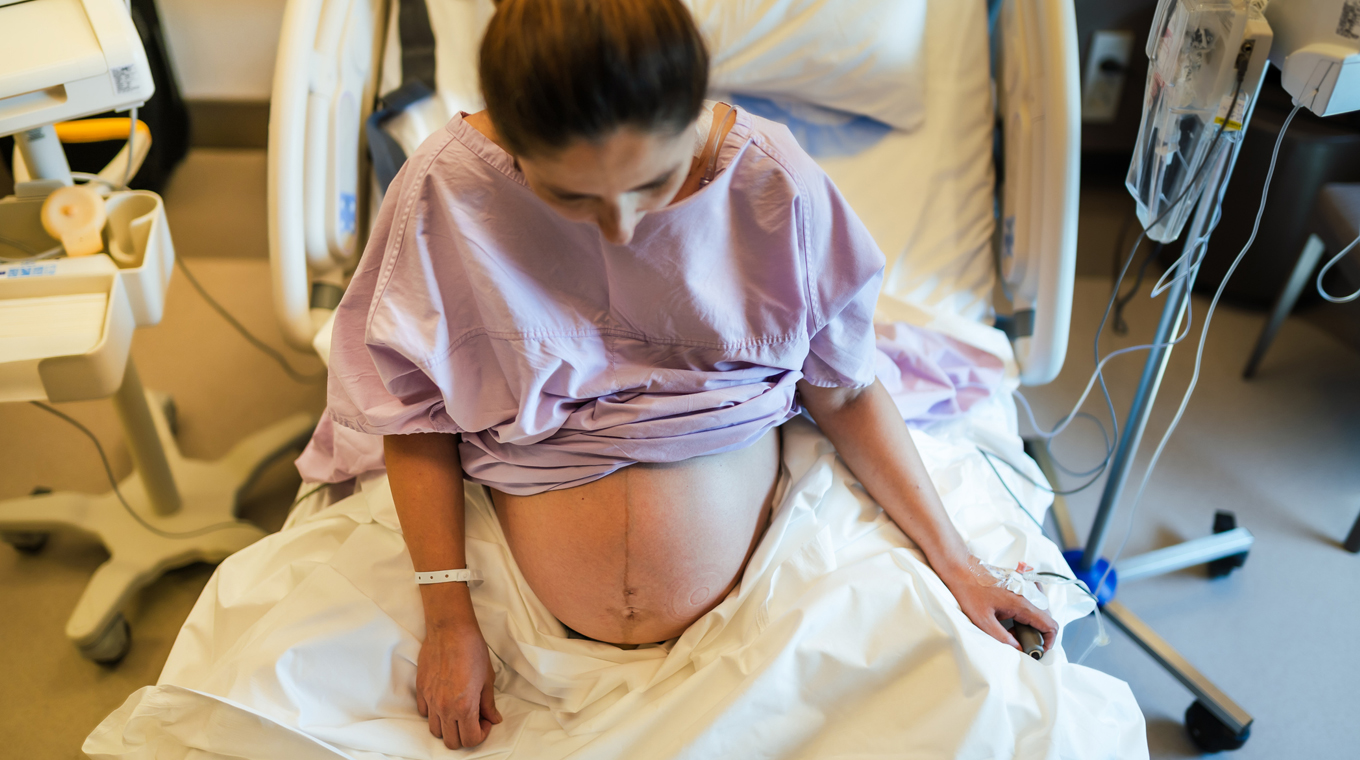
In this article
Labor and delivery is tough. On top of the pain from contractions, you may find yourself dealing with a common problem: vaginal tearing. About 23% of women experience mild tearing during childbirth and another 26% have tearing bad enough to warrant stitches. Another 20% of women have a procedure called an episiotomy, a surgical cut to the perineum, to help move the baby through.
As you can see, vaginal birth tearing is often just another part of giving birth. We spoke with Dr. Nicole Rankins, an OB/GYN and member of the Lansinoh Clinical Advisory Network about vaginal tearing and what you need to know.
What causes tearing during labor?

“Vaginal tearing is when you have a wound (tear) in your vagina as a result of the childbirth process,” Dr. Rankins told Mom.com. “Most vaginal tears are minor.” Also, some women are more likely to experience vaginal tearing compared with others.
Women who are considered a higher risk for vaginal tearing include:
- First-time mothers
- Giving birth to a baby with a high birth weight
- Long deliveries
- Assisted births using forceps or a vacuum
The best birthing positions to prevent tearing are to deliver the baby upright. Avoid flat positions like lying on your back. While this doesn’t eliminate the risk, it does reduce it.
How to prevent tearing during delivery

Along with giving birth in an upright position, there are a few other things that you can do to reduce the chances that you will have perineal tearing. “You can reduce the risk of vaginal tears with perineal massage, both during the last part of pregnancy and during labor, warm compresses during labor, and not forcefully pushing at the end of labor as the baby is being born,” Dr. Rankins advised.
When preparing for delivery, take the time to plan and prepare for the possibility of vaginal tearing. Know ahead of time what tactics you will employ during childbirth to limit your chances of vaginal tearing. Your doctor or doula can walk you through the techniques and guide you through the process.
“With my first son, he was a big baby and I had tearing that needed stitching. With our second son, we employed what our doula recommended and had a much smoother delivery without tearing,” mom Regina Chimer told Mom.com.
Working with your medical team on how you push can greatly affect whether or not you will have tearing. You can prepare to push during the second stage of labor with controlled breathing. Try not to be expulsive with your breath but instead focus on slow and gentle. This technique helps tissue get warm and stretch on its own and can greatly diminish the chances of tearing.
You can also use oil to prevent tearing during childbirth. A perineal massage can even be started at home during the end of the third trimester to prepare your vagina for delivery.
How is vaginal birth tearing treated?

The treatment will depend on how severe the vaginal birth tearing is. “If it’s a minor tear, it may not need any treatment and can just heal on its own,” according to Dr. Rankins. “Otherwise, the tear is stitched together. Women with more severe tears or those with lingering pain will also need pelvic physical therapy.”
If you are stitched up, expect the stitches to dissolve within a couple of weeks. Dissolving is a great alternative to having a doctor remove them. Pelvic floor physical therapy helps to recondition the pelvic floor muscles. It alleviates pain and weakness in the area.
If you experience vaginal tearing, don’t be alarmed or feel as if you did something wrong. It’s often just par for the course when it comes to childbirth. Work with your partner and medical team to do what you can to prevent it, and take the proper course of action to deal with it if it happens.




